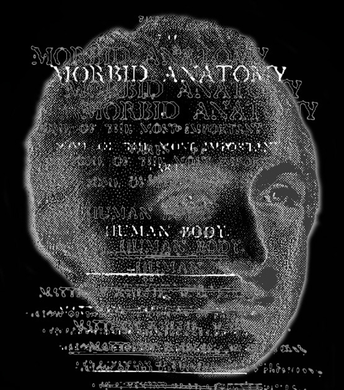Matthew Baillie1761–1823
In 1793 Baillie published The Morbid Anatomy of Some of the Most Important Parts of the Human Body, and his portrait is associated with its title page. This book is considered to be a landmark in the development of pathology. Baillie was a nephew of William and John Hunter, and unlike many Scotch doctors in London, his medical education was at Oxford. Baillie benefited from the tutelage of his uncles and acted as an assistant to William, and on William’s death, in 1783, he was considered suitably qualified to lecture on anatomy in Hunter’s School of Anatomy on Windmill Street. Baillie was appointed physician at St. George’s Hospital in 1787, and remained there until 1800, whereupon the demands of his practice took precedence. He later became physician to King George III. Baillie was the final recipient of the gold-headed cane, which passed from John Radcliffe (1650-1729) to selected London physicians, until Baillie’s widow donated it to the Royal College of Physicians.
